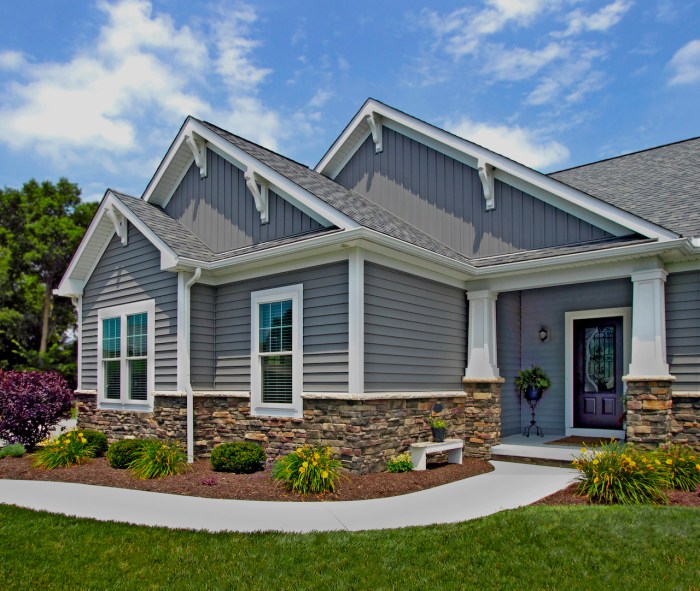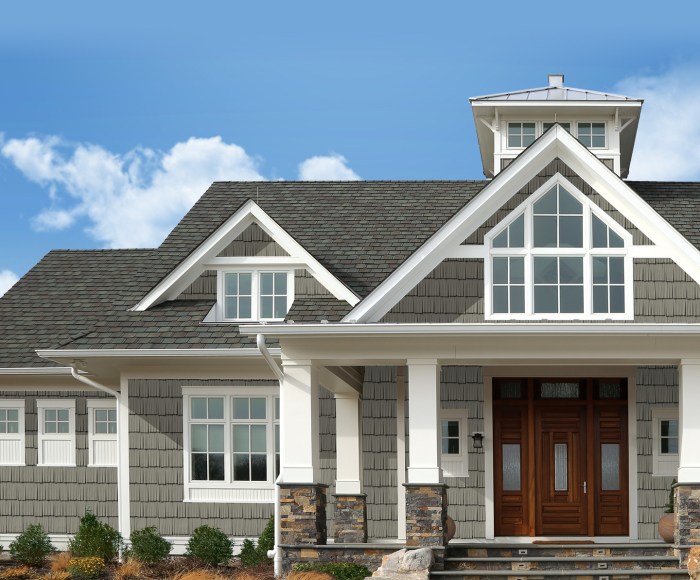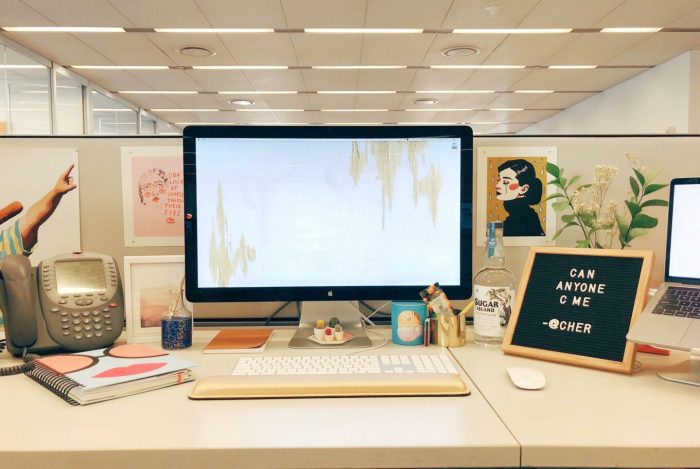Adding Architectural Details and Accessories

Outdoor house decor for siding – Level up your Pontianak pad’s curb appeal with some seriously stylish architectural details and accessories! We’re talking about taking your siding from “meh” to “magnifique” without breaking the bank or needing a full-blown renovation. Think of it as adding the finishing touches to a masterpiece – the details are what truly make it shine.Adding architectural details and carefully chosen accessories can dramatically transform the look of your home’s exterior.
The right choices will enhance the existing style, adding depth, visual interest, and a touch of that unique Pontianak flair. This isn’t just about slapping things on; it’s about creating a cohesive and aesthetically pleasing design.
So you’re thinking about sprucing up your house’s exterior, right? Outdoor house decor for siding can totally transform your curb appeal, and the holidays are a great time to get creative. For porch ideas, check out some awesome inspiration at this site for outdoor Christmas decor porch ideas, which can easily translate into year-round style. Then, you can carry those festive elements into your overall siding decor strategy for a cohesive look.
Architectural Details to Enhance Siding
Adding architectural details like crown molding, corner boards, and window surrounds can instantly elevate the look of your siding. Imagine crisp white crown molding against a rich, dark siding, creating a stunning contrast. Or picture the elegant lines of detailed corner boards, adding a touch of sophistication. These elements aren’t just pretty; they add depth and dimension, making your home appear more substantial and refined.
For a more modern aesthetic, consider sleek, minimalist trim pieces. The key is to choose details that complement the style of your home and the existing siding. For example, a craftsman-style home would benefit from more ornate details, while a modern home might look better with simpler lines.
Choosing Outdoor Accessories to Complement Siding
Selecting the right outdoor accessories is crucial for achieving a harmonious look. Shutters, window boxes, and planters aren’t just functional; they’re opportunities to inject personality and style. For instance, vibrant flower boxes overflowing with tropical blooms can add a pop of color against a neutral siding, while elegantly designed shutters can enhance the architectural character of your home. When choosing colors, consider the overall color scheme of your home and the surrounding landscape.
Complementary colors can create a balanced and pleasing effect, while contrasting colors can add a dramatic touch. Remember, less is often more. Overdoing it with accessories can lead to a cluttered and chaotic look.
Decorative Element Plan for Vinyl Siding
Let’s say you have a home with classic white vinyl siding. To add visual interest without overwhelming the clean lines, consider these additions: Dark gray shutters with crisp white trim would create a sophisticated contrast. Underneath the windows, install simple, rectangular window boxes filled with trailing ivy or bright petunias. Finally, flank the front door with two large, matching planters filled with lush greenery.
This plan introduces subtle yet impactful details that enhance the existing vinyl siding without clashing with its simplicity. The key is balance – the dark gray shutters provide a strong contrast but the simple window boxes and planters keep the overall look from feeling too busy.
Comparing Different Shutter Types with Various Siding Materials
Different shutter types offer distinct advantages and disadvantages when paired with various siding materials. Wood shutters, for example, offer a classic, timeless look and can be painted any color, making them highly versatile. However, they require more maintenance than other options. Vinyl shutters are low-maintenance and durable, making them a popular choice for homes with vinyl siding, creating a cohesive and practical look.
Composite shutters offer a balance between the natural look of wood and the durability of vinyl, often providing a more cost-effective alternative to solid wood. The choice ultimately depends on your budget, maintenance preferences, and the overall style you’re aiming for. Consider the longevity and maintenance requirements of each shutter type before making a decision. For instance, wood shutters might require regular repainting, while vinyl shutters are generally more resistant to fading and weathering.
Creating a Cohesive Outdoor Design

Bringing your home’s exterior together is like styling a killer outfit – everything needs to work in harmony. A cohesive outdoor design isn’t just about pretty things; it’s about creating a welcoming and stylish space that reflects your personality and enhances your home’s curb appeal. Think of it as the ultimate first impression, setting the tone for the entire property.Maintaining a consistent style throughout your home’s exterior is crucial for achieving a polished and sophisticated look.
Inconsistency can make your house appear disjointed and less visually appealing. A unified design, on the other hand, creates a sense of calm and elegance, showcasing your home’s architectural features to their best advantage. This is especially important when dealing with different materials and textures, as a lack of cohesion can lead to a cluttered and overwhelming aesthetic.
Key Elements for a Cohesive Outdoor Design
Creating a unified outdoor space involves carefully considering several key elements. These elements work together to form a harmonious whole, complementing your siding and enhancing your home’s overall aesthetic. A successful cohesive design starts with a clear understanding of your home’s architectural style and then builds upon that foundation.
Firstly, the choice of colors plays a pivotal role. Sticking to a limited palette – perhaps three or four colors that complement your siding – is essential. Consider using analogous colors (colors next to each other on the color wheel) for a harmonious feel, or a complementary color scheme (colors opposite each other on the color wheel) for a more vibrant contrast.
Secondly, the selection of materials should align with your chosen style. For example, natural stone complements traditional homes, while sleek metal accents suit modern designs. Finally, the scale and proportion of your outdoor elements are important. Oversized planters might overwhelm a small cottage, while tiny accents might get lost on a large Victorian house. Balancing the size of elements with the scale of your home creates a harmonious and balanced look.
Material and Texture Coordination
The skillful use of different materials and textures is key to creating visual interest without sacrificing cohesion. Imagine a modern home with sleek stucco siding. You could complement this with smooth concrete pathways, punctuated by the textural contrast of large, potted succulents in terracotta pots. The smooth and rough textures create visual rhythm, while the color palette ties the elements together.
Alternatively, a traditional home with clapboard siding might benefit from the warm texture of natural wood decking, complemented by the delicate detailing of wrought iron railings. The varied textures add depth and richness without disrupting the overall traditional aesthetic. The key is to choose materials that complement each other, rather than clash.
Blending Modern and Traditional Elements, Outdoor house decor for siding
Achieving a cohesive design with a mix of modern and traditional elements requires a careful balance and thoughtful selection. Consider a home with traditional brick siding. You could incorporate modern elements, such as minimalist planters and sleek outdoor furniture, while maintaining the traditional aesthetic with classic landscaping and lighting fixtures. The key is to select modern elements that complement the traditional architecture, rather than compete with it.
For instance, clean lines and geometric shapes in modern furniture can create a striking contrast against the more ornate detailing of a traditional home, but the color palette and material choices should still harmonize with the overall style. Similarly, a contemporary home with clean lines can incorporate traditional elements, such as a stone pathway or classic garden benches, to add warmth and character without compromising the modern aesthetic.
FAQ Insights: Outdoor House Decor For Siding
What is the average lifespan of different siding materials?
Lifespans vary greatly. Wood siding, with proper maintenance, can last 50+ years. Vinyl typically lasts 20-30 years. Fiber cement boasts a lifespan of 50 years or more, while metal siding can endure for 40-50 years.
How much does professional siding installation cost?
Costs vary significantly based on material choice, house size, and labor rates in your area. Expect a wide range, from a few thousand dollars to tens of thousands.
Can I install siding myself?
While possible for some materials (like vinyl), professional installation is often recommended for complex designs or materials like fiber cement or metal to ensure proper water resistance and longevity.
How often should I clean my siding?
Frequency depends on the material and climate. Annual cleaning is generally recommended for most siding types, using a pressure washer (carefully!) or soft brush and mild detergent.








